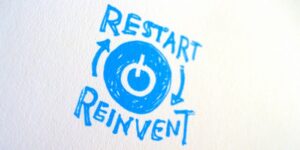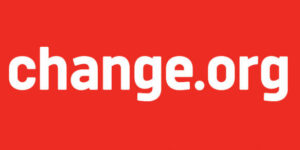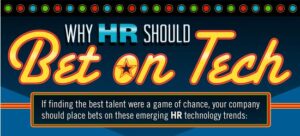
Leadership: Adapting to Today’s Harsh Realities
The world in which we live is going through fundamental shifts – simultaneous changes that are literally turning everything, as we know it, on its

The world in which we live is going through fundamental shifts – simultaneous changes that are literally turning everything, as we know it, on its
When you first read our HR Buying Trends Report, you may be tempted to assume there is only one target audience for the results: HR

The balance of power is shifting in the employer/employee relationship. What does it mean for the future of work? The #TChat crowd weighs in

The balance of power is shifting in the employer/employee relationship. What does it mean for the future of work? The #TChat crowd weighs in

The balance of power is shifting in the employer/employee relationship. What does it mean for the future of work? The #TChat crowd weighs in

The balance of power is shifting in the employer/employee relationship. What does it mean for the future of work? The #TChat crowd weighs in

The balance of power is shifting in the employer/employee relationship. What does it mean for the future of work? The #TChat crowd weighs in

“The war for talent is over, and the talent won.” What’s behind this revolution? Let’s discuss this week at #TChat events with talent management analyst, Josh Bersin

Virtual teams make great business sense. But before you unleash your workforce, it pays to develop a coordinated technology plan.

There’s something fundamentally broken with the way employers treat potential employees. Change is long overdue. Let’s fix this…

What happens when nearly 50,000 job seekers speak out about their candidate experience? Great insights surface! Let’s discuss at #TChat events

How can employers map out a more effective internship program? This infographic offers insights from student employment data…

Is mobile recruiting here to stay? How can employers make the most of this opportunity? Highlights from our community events

How can employers improve their odds of landing top talent in today’s recruiting game? This infographic shows why new HR technology is a smart bet…

Statistics show that tapping into the flexible workforce is a smart business move. Why? This infographic illustrates 5 compelling reasons…

Are new technologies emerging so rapidly that organizations can’t keep pace? What’s ahead in HR innovation and how should we prepare?

Finding the next superstar employee can be a challenge. It can start by hiring solid interns, since they often move to full-time positions. But what traits should you look for?

These days, the talent hunt process isn’t easy for either side of the hiring equation. What can employers do to recruit more effectively — and also win points for their brand?

As business looks for new sources of competitive advantage, how can innovative workforce strategies lead the way? HRO Today Forum creator, Elliot Clark, examines the latest research findings with the TalentCulture community…
What will the world of work look like in the future? The TalentCulture community suggests that collaboration will be essential, as we move forward. That’s worth celebrating as we welcome 2013 in this era of networked communication that crosses organizational and geographical boundaries…
This week in the TalentCulture community, we’re going to examine employee engagement— the lack of it, the skills needed for it, the mindful state required to understand the very notion of it. It’s controversial, but it begs our attention…
Social learning is everywhere around us – in short, bursty ideas that simultaneously draw us in and distract us from whatever we were intending to accomplish. It also brings us together across the digital divide. It’s time to embrace quality peer-to-peer exchange and shared insights…
Business is messy – and it’s only getting messier. So perhaps that’s where HR can truly make a difference today – to know the business, staff the business, teach the business and grow the business – all predicated on managing the messy yet mingled bad with the good. We can lead the way in helping business learn from its mistakes…
I spent most of this past week at the HRO Today conference in Las Vegas as a member of the blog squad, and what do I
The hiring process is rapidly evolving. If you’re seeking a job in today’s tough business environment, you’ll need to stay ahead of the curve. Here are some tips to help you look like you’re at the front of the pack…